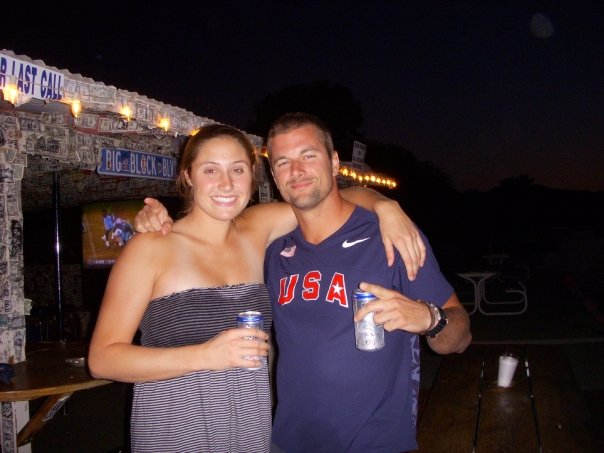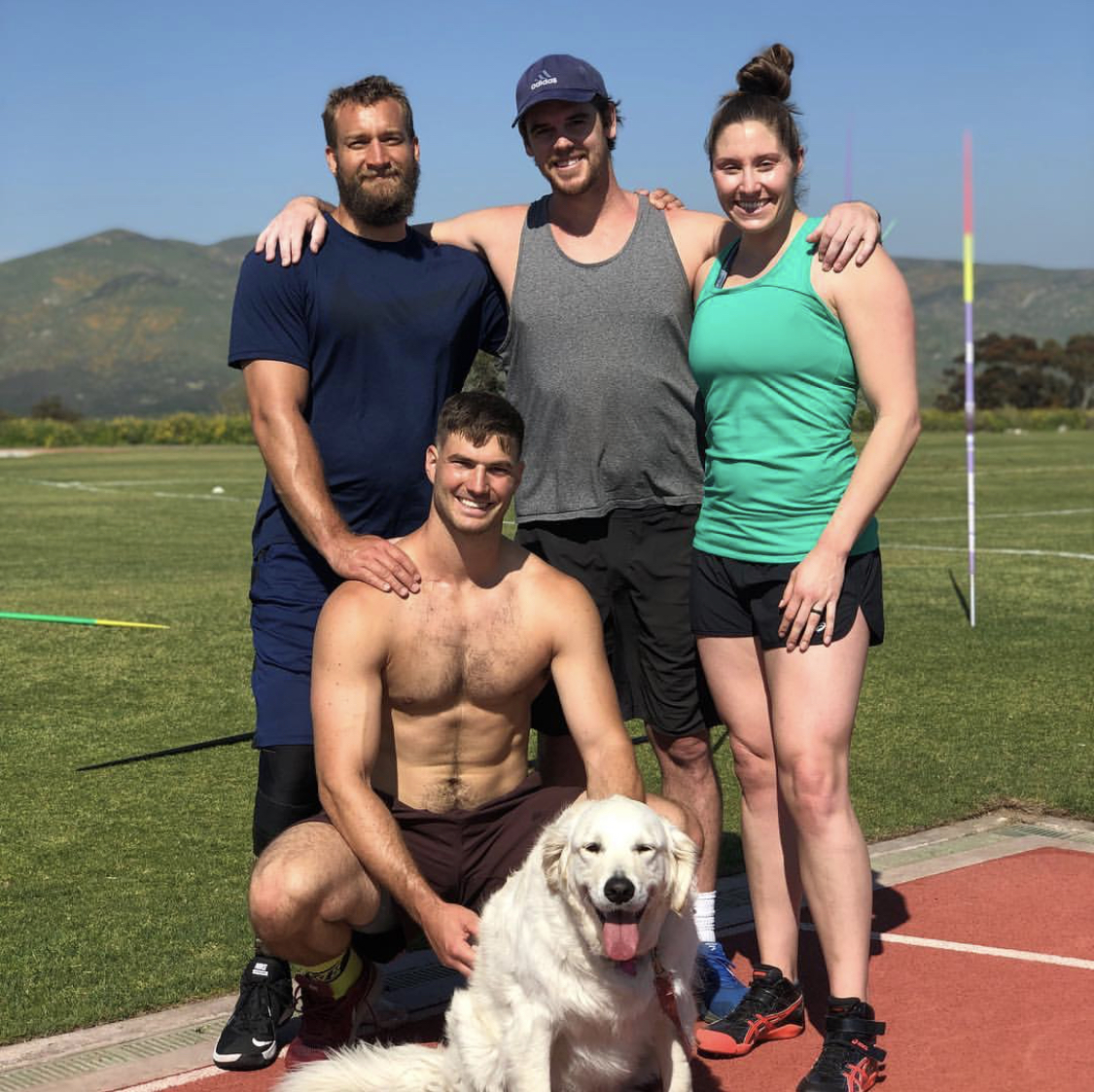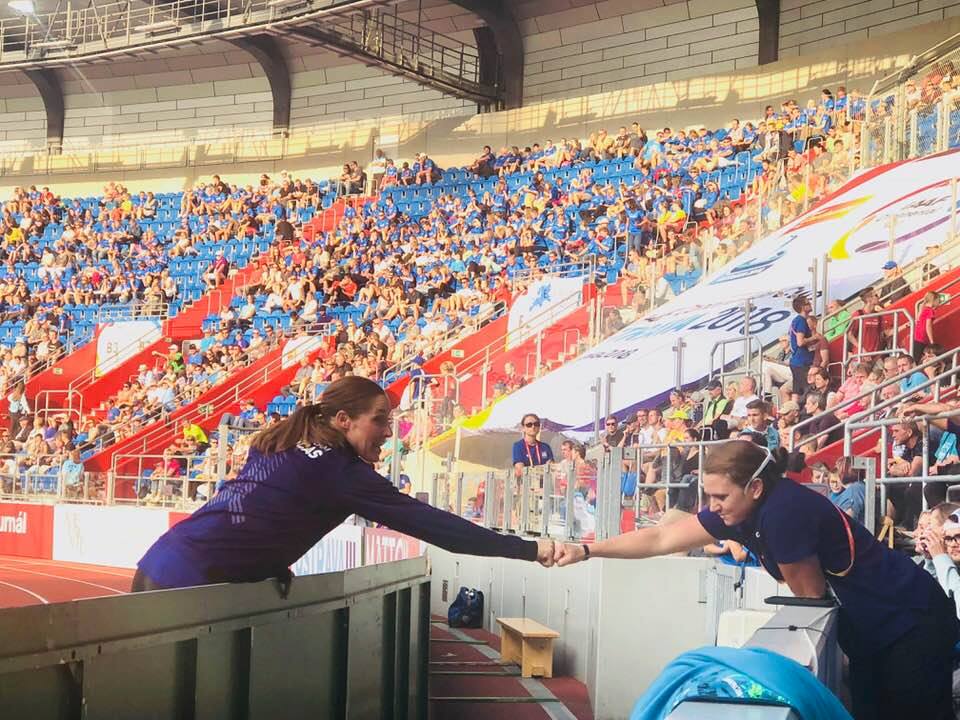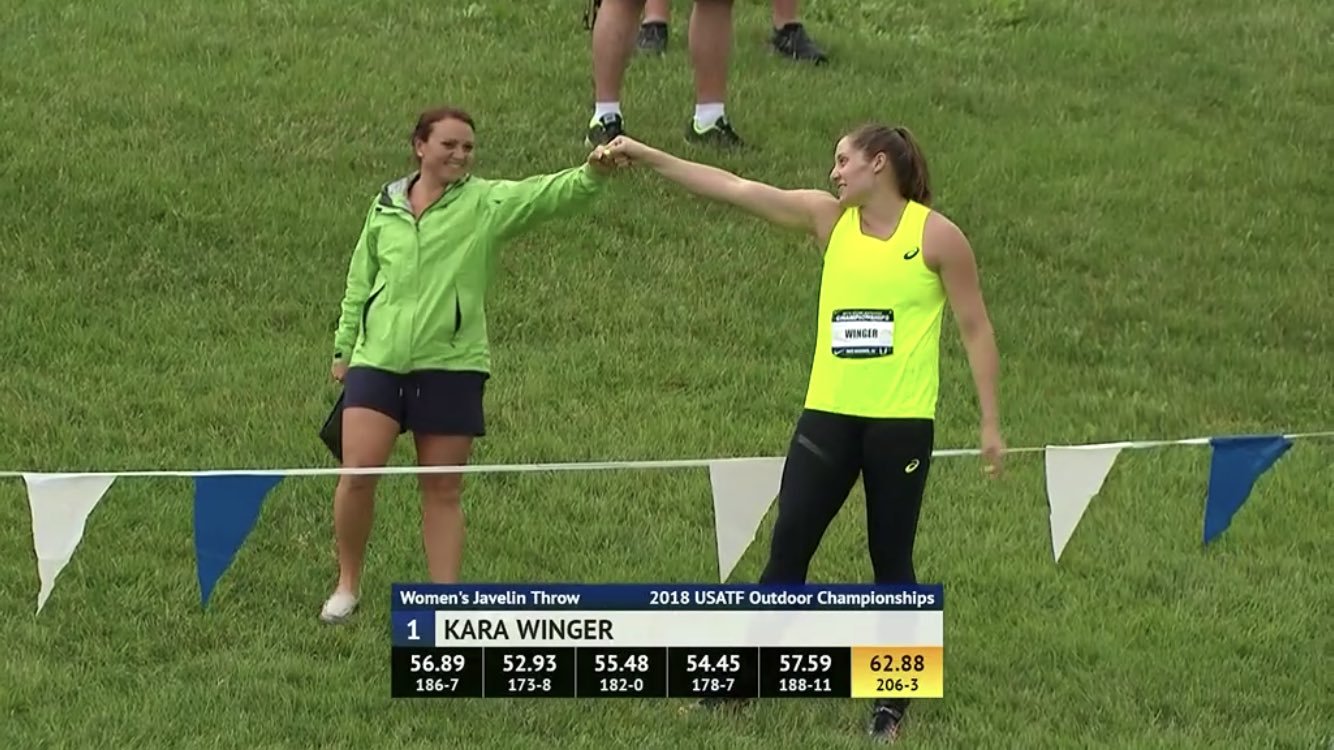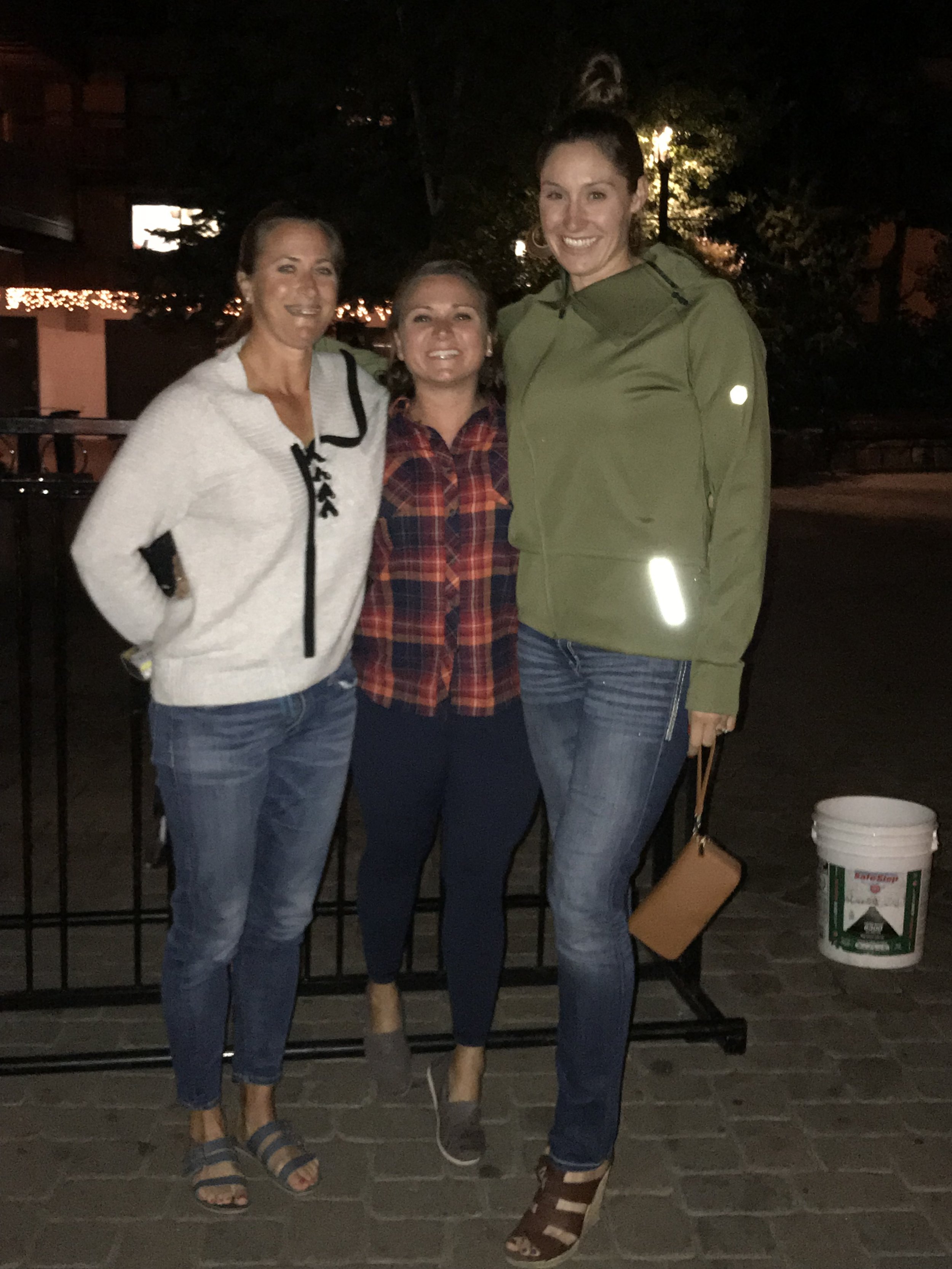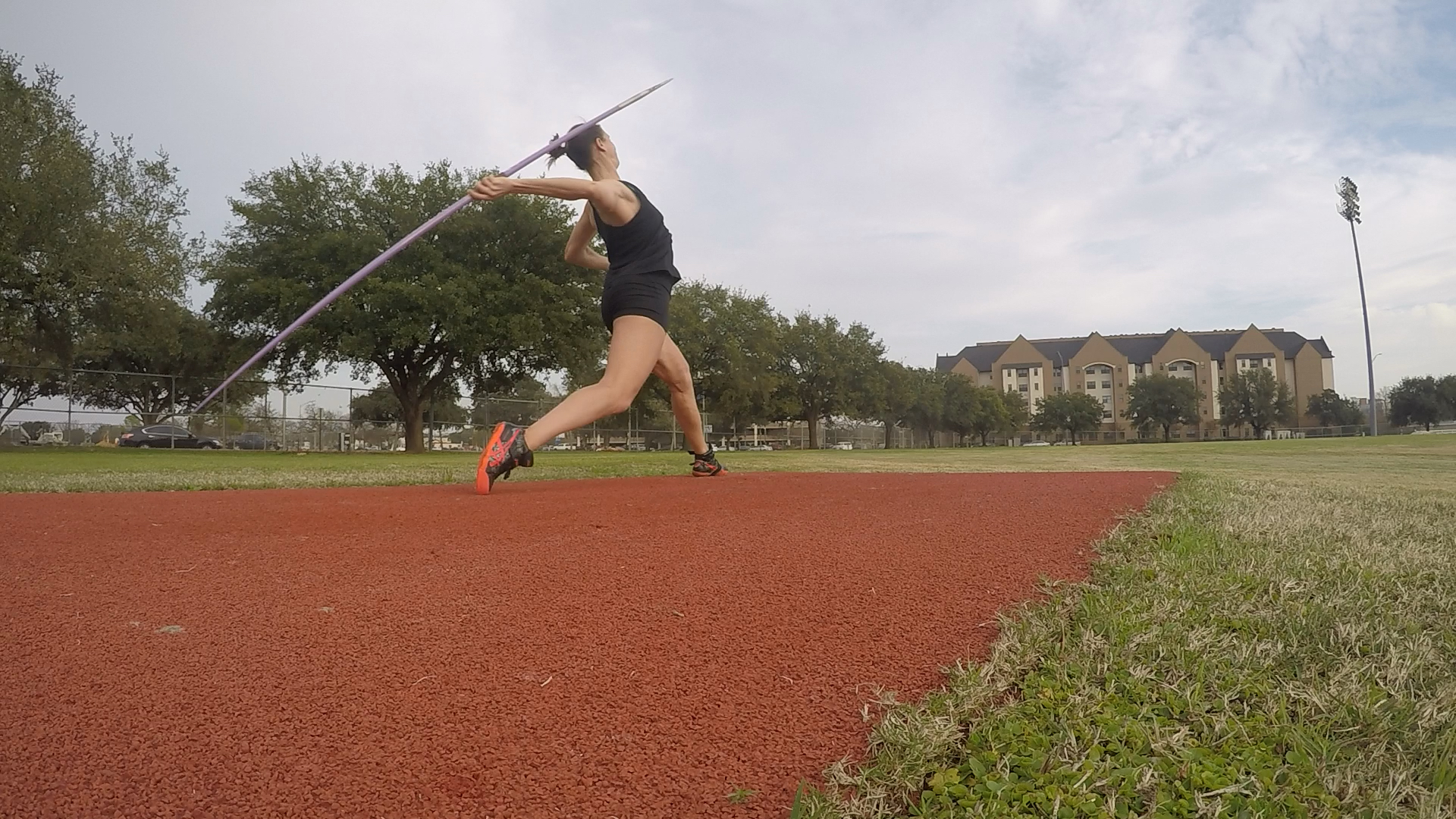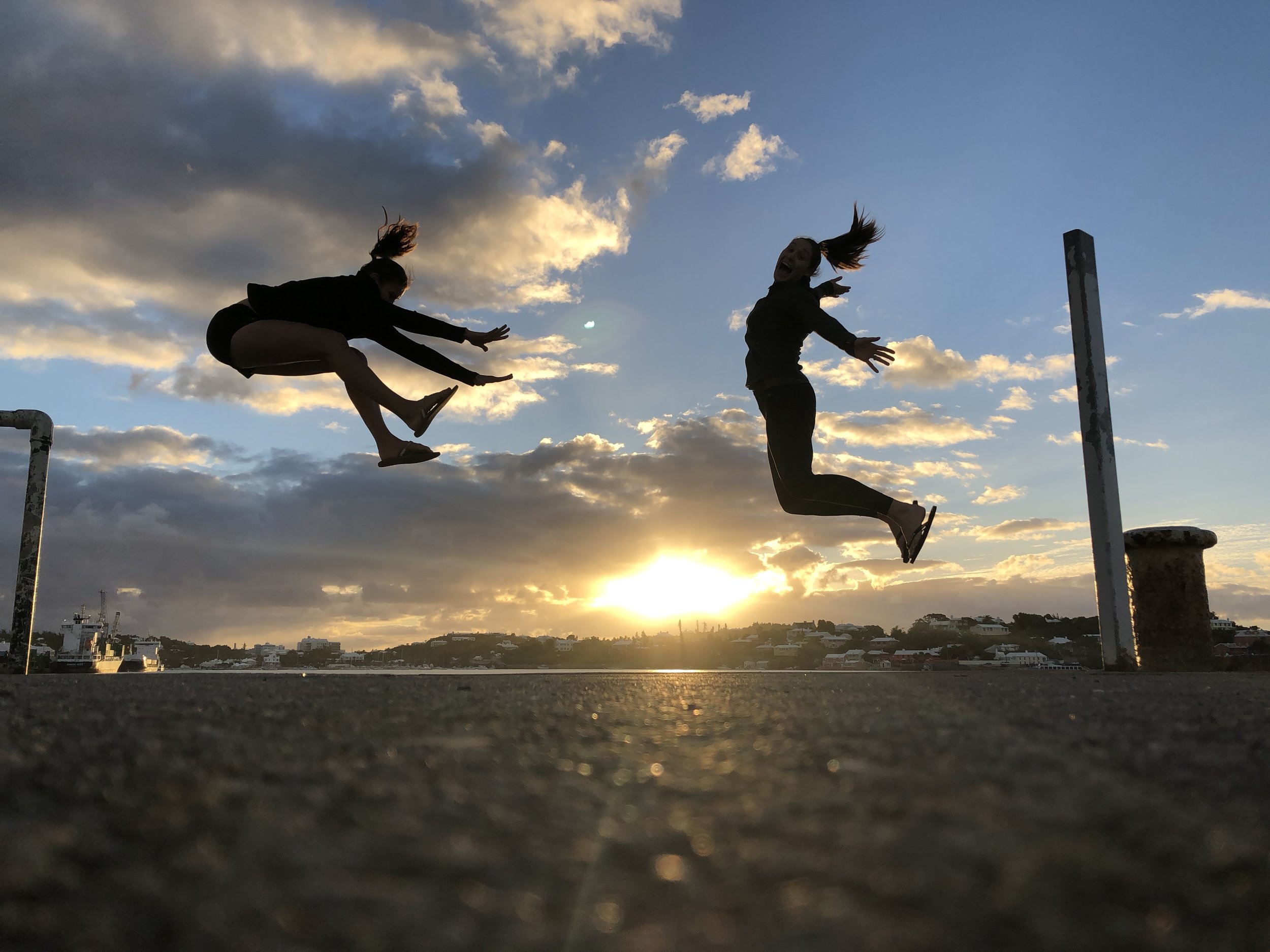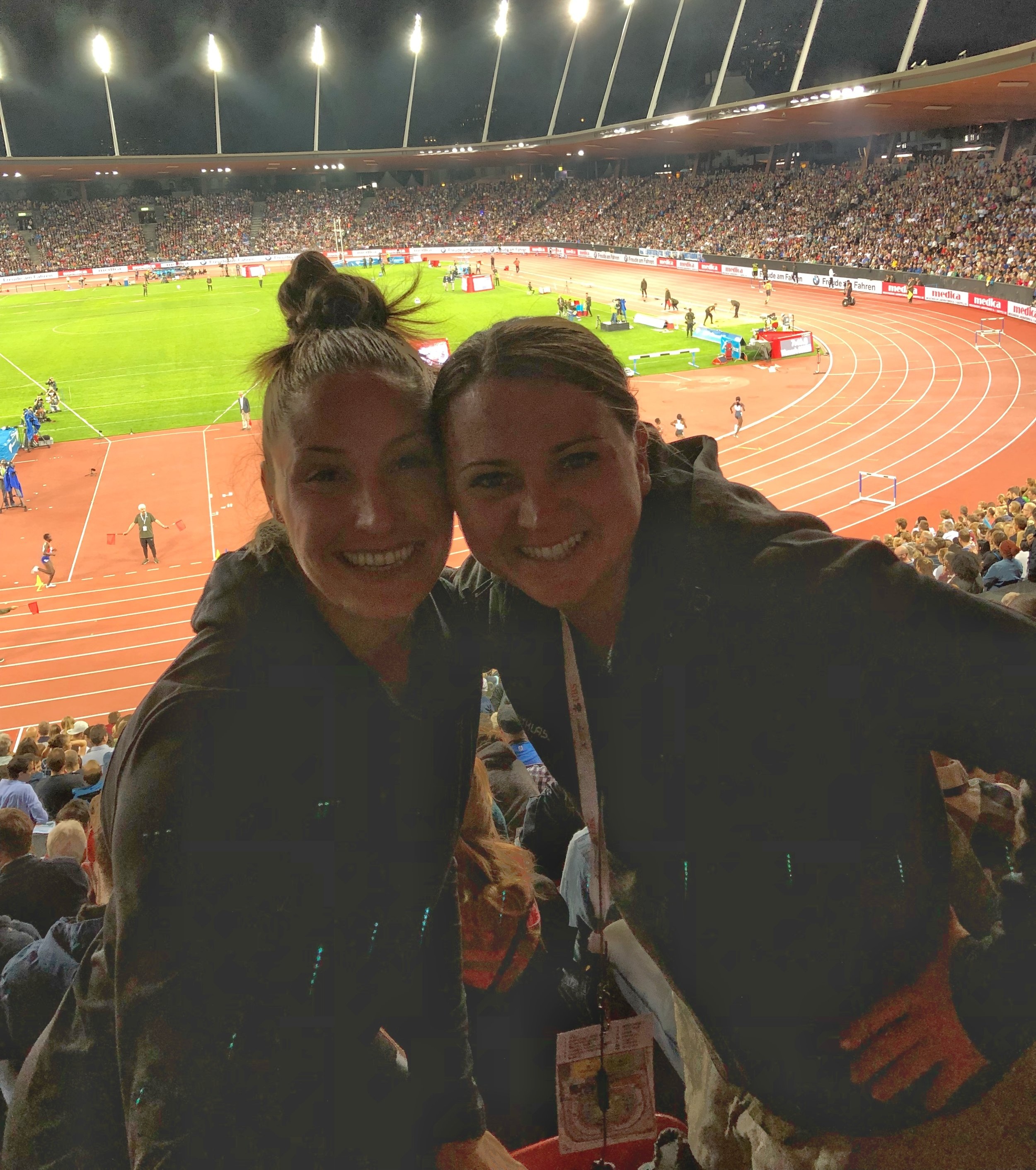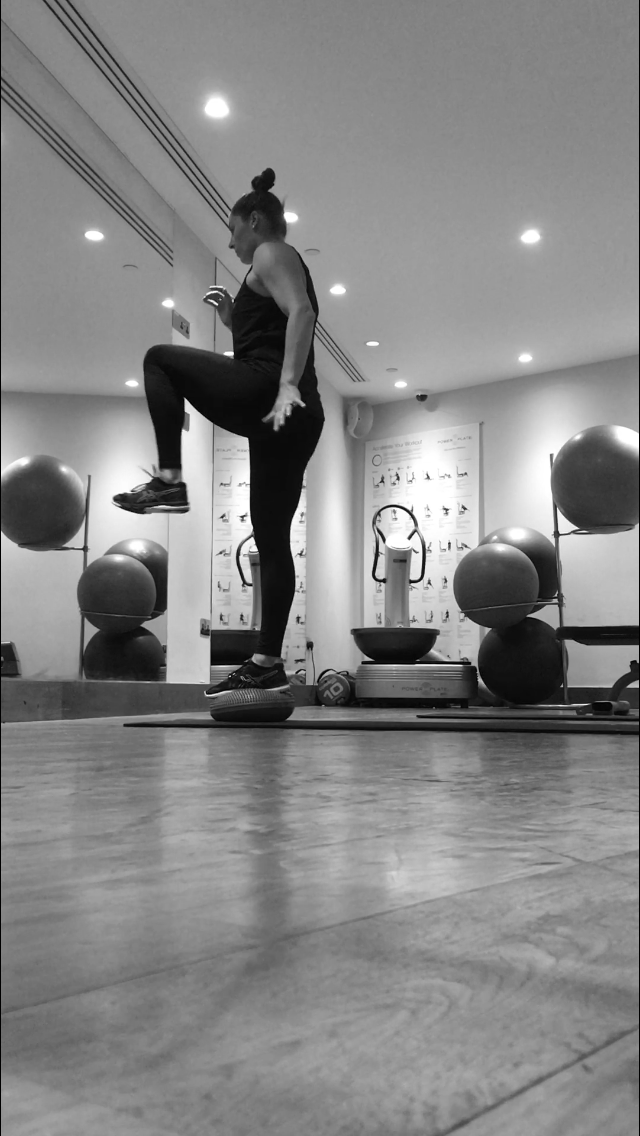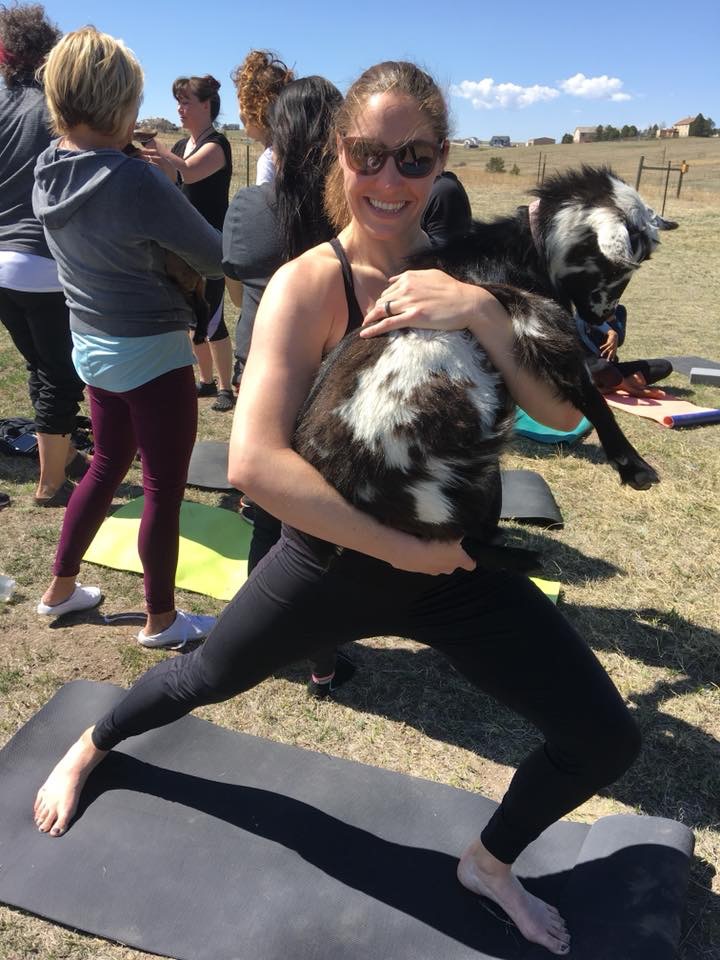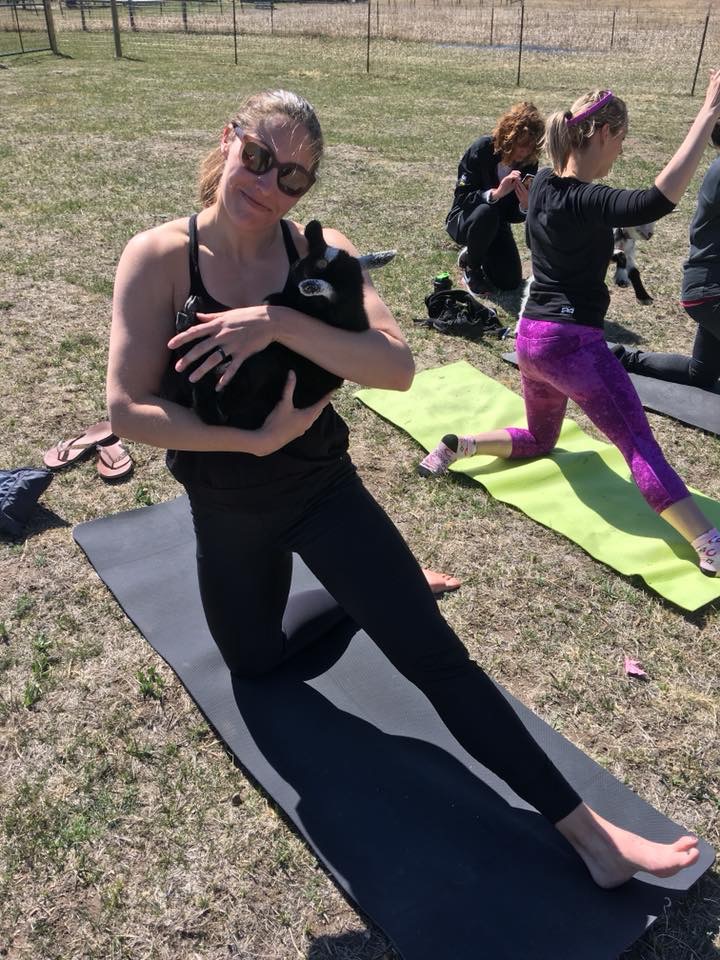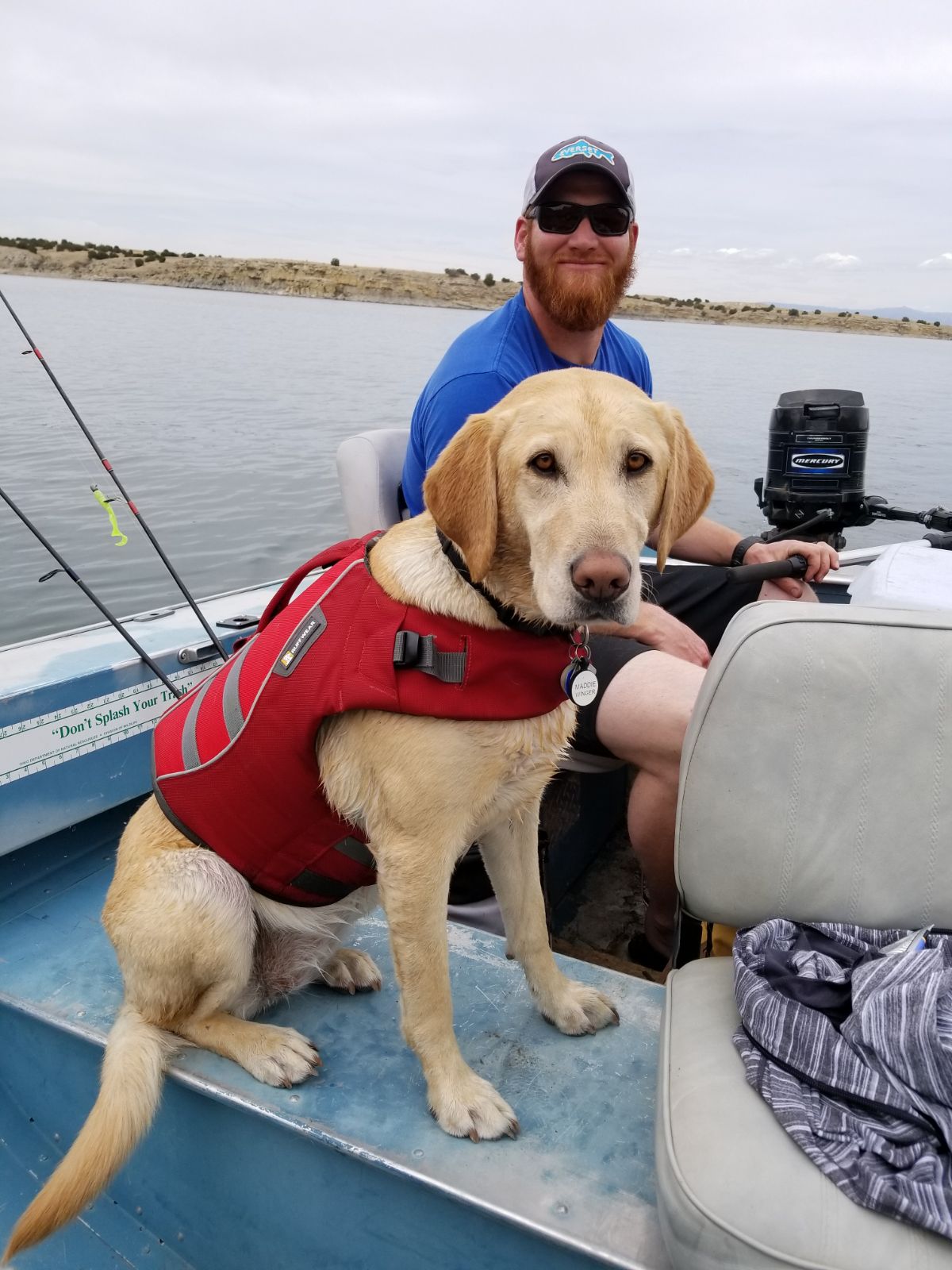I just got home to Colorado from two weeks in Chula Vista, California, my original post-collegiate training home. Russ and I moved there coming up on ten years ago. I loved it. Thought it was magical. It is again.
San Diego Zoo’s Safari Park when we visited Chula Vista for Spring Break 2009!
I’ve talked a lot in the last year+ about how fantastic my coaching situation is. I love love love love love working with Jamie and Dana. They are two of those rare, fabulous people in my life that just get me. You know the ones, that you always have some extra five minutes of conversation to cover before leaving each others’ side. Who say aloud what you’re thinking before you can form the words. Who are there for you in the hardest of times, and proudest of you in the best of times as a result. The ones who surprise you often with statements and observations that burst forth belly laughter. Absolute gems of friends.
As far as javelin is concerned, Dana and Jamie are all I need. The way we’re working together has my focus so much more locked in than it has been in years. All of us being together in Chula Vista on this trip resulted in some of the best practices of my whole life. I can feel performance building even more than I did last year, because I know our system works, and the technique isn’t quite as new as it was in 2018. Sunny and 70 San Diego conditions help everything. But let me tell you about an X factor that I can’t believe I keep forgetting about.
Good training partners are what I want.
I have had many fabulous training partners over my years as a javelin thrower. Let me take you back.
Rachel Baardson. Lisa Haakensted. Adam Mobley. Kate Helms. People who enjoyed javelin, sure, but also just made me laugh. After the silence of swimming and intensity of basketball in high school, track practice was just such a time of friendship. Sure, we worked hard, but we also talked and laughed and enjoyed outside the whole time. My high school track friends were the original training partners who are friends. Friends who just happen to be training partners.
Lindsey Blaine. Quietly focused. Someone I, to this day, don’t feel cool enough to be friends with. A woman with relentless drive. I always just wanted to impress her. In training and in life.
Jim Schwingendorf. My dear, dear friend, fellow BGRite and party crasher, and neighbor. Whose Dad was my Catch Phrase soulmate. Jim nicknamed me “Knee Sweat.” Always ready with a joke and always giving 1000%. It made me so proud when Jim and Steve Carlson both made regionals in 2008!
Betsy/Laura/Elaine/Kylie. Four sweet freshmen when I returned from Beijing for my fifth year. Their endless energy in their pursuit of knowledge was so special at the end of my time as a Boilermaker!
Purdue T&F Banquet 2008: Me, Jim, Steve, Lindsey!
Professional:
Mike Hazle. That guy. We met in Beijing in 2008 and then were the best training partners in the world in Chula Vista for three years. So unlike each other but somehow perfect together. One of the most loyal people I’ve ever known. He knew exactly how to fire me up and I like to think I was good at calming him down (sometimes he needed that). The end of his career and what sometimes feels like the beginning of mine overlapped, and I couldn’t be more grateful for his leadership and friendship. He was creative in his approach to training and appreciated every day, which taught me to do the same, regardless of how we felt physically. Jamie still writes “Hazle squats” into my lifts sometimes. In May of 2012, Mike suffered an elbow injury, shifting his focus from a second Olympic Games to his other passionate aspiration of serving in the military. I didn’t understand at the time that he was serious, but we started rucking from the runway to the weight room instead of walking. His goal of BUD/S was halted by serious ankle issues that required surgery (on both) before going an alternate route. His ankle surgeon was my ACL surgeon, so we’d pass each other in the doctor’s office parking lot that Fall, both of our dreams shifted into something we didn’t really see coming, and exchange the same encouraging words we always had. I was proud when he finally won a USATF National Championship in 2011 after four consecutive silvers. I loved being at meets together in Europe. But my pride in him as a U.S. Veteran leaks out my eyeballs when I think about it too much.
After my knee surgery and Russ’s and my move to Colorado in 2012, my focus kind of had to shift to myself. I went back to school. I was just healing. We got engaged at the end of 2013 and then I bought a house and then we renovated that house ourselves. I spent time traveling to see Ty by myself in NOLA and Texas, and loved the freedom of those trips. Russ was my periodic training partner and travel companion until he retired in 2016. What I’m saying is that I’ve spent a lot of time inadvertently learning how to train alone. And I do simply love the training. I do cherish time focusing on my job, listening to music, by myself.
I’ve visited Chula Vista at least once a year since we moved away. It is always fun to see Jamie and feel supported when he comes to watch my throwing sessions. But now there is this little tribe of training partners that make the place an unmatched treasure again.
Mike Shuey (Shuey in this blog, for clarity). Intentionally light-hearted but obviously earnest in his pursuits. A newly-minted 80m thrower with a lot left in the tank. Very tough: He’s had some of the weirder injuries I’ve heard of and shaken them right off. A family man with great comedic timing and sometimes-too-good sarcasm. He came to Colorado last year and Russ and I took him fishing, plus I got to learn that we practice well together when he came to the Academy with me to throw with Dana. Very athletic, and getting more so all the time. Questionable musical taste within workouts, but that is something we absolutely have in common.
Max Rohn. Fellow Coloradan. Many would call him a hero. Someone who fully appreciates cool life experiences that have come his way through uncool life experiences. New enough to the javelin throw to want to soak up everything he can, and brings an attitude of gratitude to every session. A strong person without being stubborn where he doesn’t need to be. Up for debate on anything. Excellent mannerisms, periodically including my favorite, finger guns. An old soul with a young zest for this Track and Field adventure that he started later than most, and is likely enjoying more than many as a result. Apparently some of the best humans come from Penn State (Shuey coached Max a bit while they were both still there. See also: Jimmy, Darrell.).
Brent Lagace. A periodic companion for Shuey in throwing sessions. Lovely, relaxed energy to be around.
Justin Phongsavanh. Great hair, and great hair flips because he probably knows it, haha. Has the best surprised face right before he laughs out loud. We can talk about electricity and dogs. Justin is a seated thrower, and Dana and I were both humbled and intrigued to try it out and give him our input. His questions challenged the very way I think about how my able body throws. I’ve been around para-athletes for a long time, but not many para-javelin throwers. They’ve sharpened my focus on how best to do what we all do.
Erica Wheeler. One of my original javelin heroes. This ’96 Olympian is the Paralympic javelin coach at the CVEATC, and therefore works with Max and Justin. Still the Washington State High School Record Holder, I’d seen her name for two years on record books before watching her win Nationals in 2003, when I was there for the very first time to compete as a junior. I just thought, “She’s from where I’m from. I want to do that.” It is so much fun to interact with her in a collaborative coaching capacity, and Dana agrees. We had an absolute blast putting our brains together and geeking out on the javelin.
I spent two awesome weeks with that group of great people, plus my two coaches. I know that Russ and I moved away from Chula Vista for good reasons, and those all remain, but knowing that such an excellent community exists there again means I’ll be back more often.
The bottom line in an ideal training situation is to love what you do. I LOVE training. I love the process of making my body feel good and perform through movement. I love the knowledge that every little thing I do physically is contributing to my ultimate goals. I love being outside and active, often, even when it’s cold in Colorado. I love the necessity of good hydration and adequate nutrition. I love working hard: Asking that extra little bit of my muscles when they’re burning and shaking, putting mind over matter. I love the feeling of surprising explosive power and stretch reaction. I can do that on my own and enjoy the heck out of it. But I forget how much better it is, together. Every track athlete is internally motivated. But there is just something special about celebrating other peoples’ success alongside your own. The X factor of fabulous training partners isn’t something I imagined I would find again. The right people, who yell strength into your muscles when the barbell suddenly gets heavier. Who can’t help but whoop with you at that tiny javelin dot that you made rocket away. Who join in on celebration dances, the more ridiculous the better.
This might all sound really sappy. But I’ve been around a long time, and the magic of good training partners is a big deal. It probably means more to me than it does to them too, and that’s okay. I also realize that I am now the Mike Hazle in the Chula Vista equation: The perhaps wise, sometimes ridiculous, older athlete. I don’t live there anymore, but training there for ten years now makes it feel like mine, and if I can periodically drop in and meld back into that great community, I can’t wait to contribute again in some way.
Have you had great training partners? Did you tell them how much you appreciated their role in your career? You should.
Next week: How to be a good training partner! I’ll flip the script of this blog. More practical advice than just gushing and reminiscing. 😊




